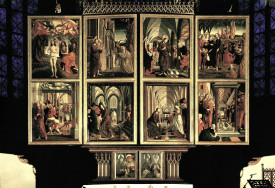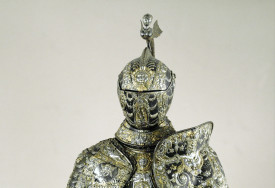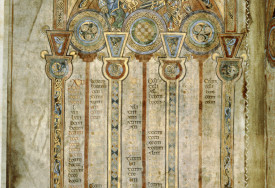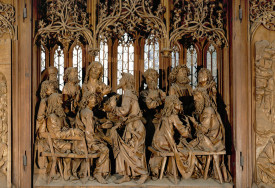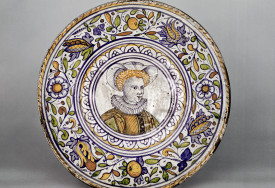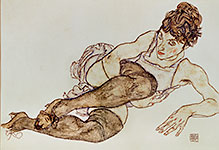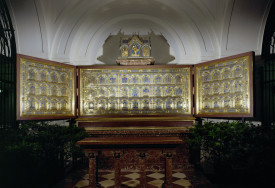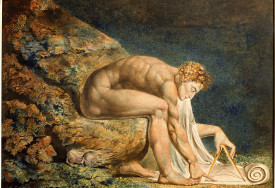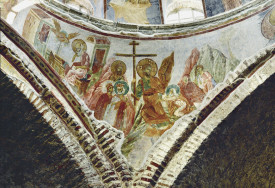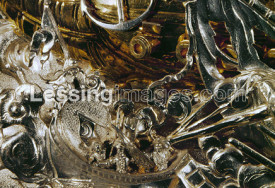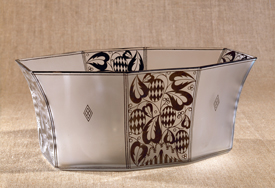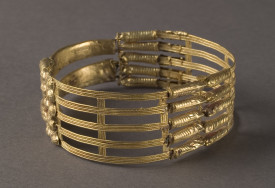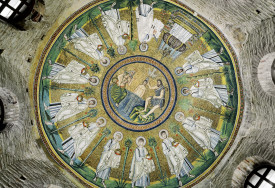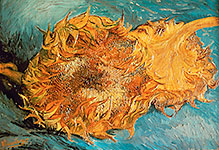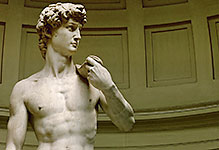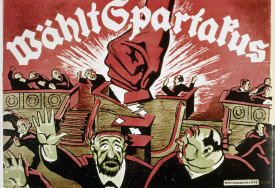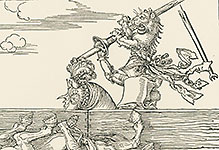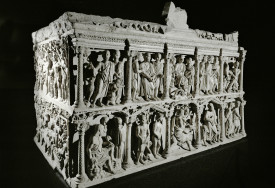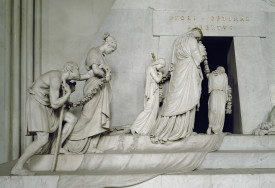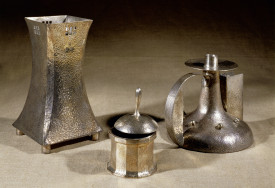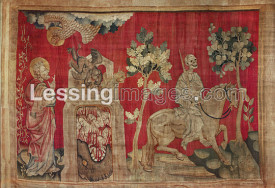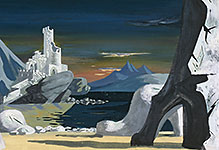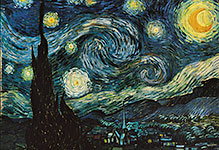
Fine Arts
Painting, Watercolour, Plastic Arts, Woodcuts, Etching, Drawing.

#030601 7
Schist head of the fasting Buddha, Pakistan, 2nd-3rd CE. It captures the time w...

#030601 8
Grey schist relief panel of figures venerating a stupa, late 1st-2nd CE. The pro...

#03060117
Inscribed stele with the yakshi Ambika, Paramara dynasty, 1034. Ambika is worshi...

#03060126
Pillar capital, Kushan dynasty, 1st CE. Covered with Prakrit inscriptions in the...

#03060130
Stone head of Buddha, Gupta, India, 5th century.

#03060131
Terracotta head of a bodhisattva, from Akhnur,Kashmir, 5th - 6th century. The h...

#03060132
Sandstone stele of Lakulisha, Central India. Lakulisha is an aspect of the Hindu...

#03060137
Five-headed bust of Shiva, third divinity of Hindu trinity (trimurti),mid-tenth....

#03060138
Bronze figure of Maitreya, excavated near the Helmand river, Afghanistan, 10th C...

#03060139
Sandstone stele with a figure of Harihara, Indian, 10th. The main four-armed sta...

#03060140
Sandstone figure of Surya, the Hindu Sun God, central India, 11th. He is flanked...

#03060144
Schist sculpture of a four-faced linga, India, around 800. The Hindu god Shiva...
